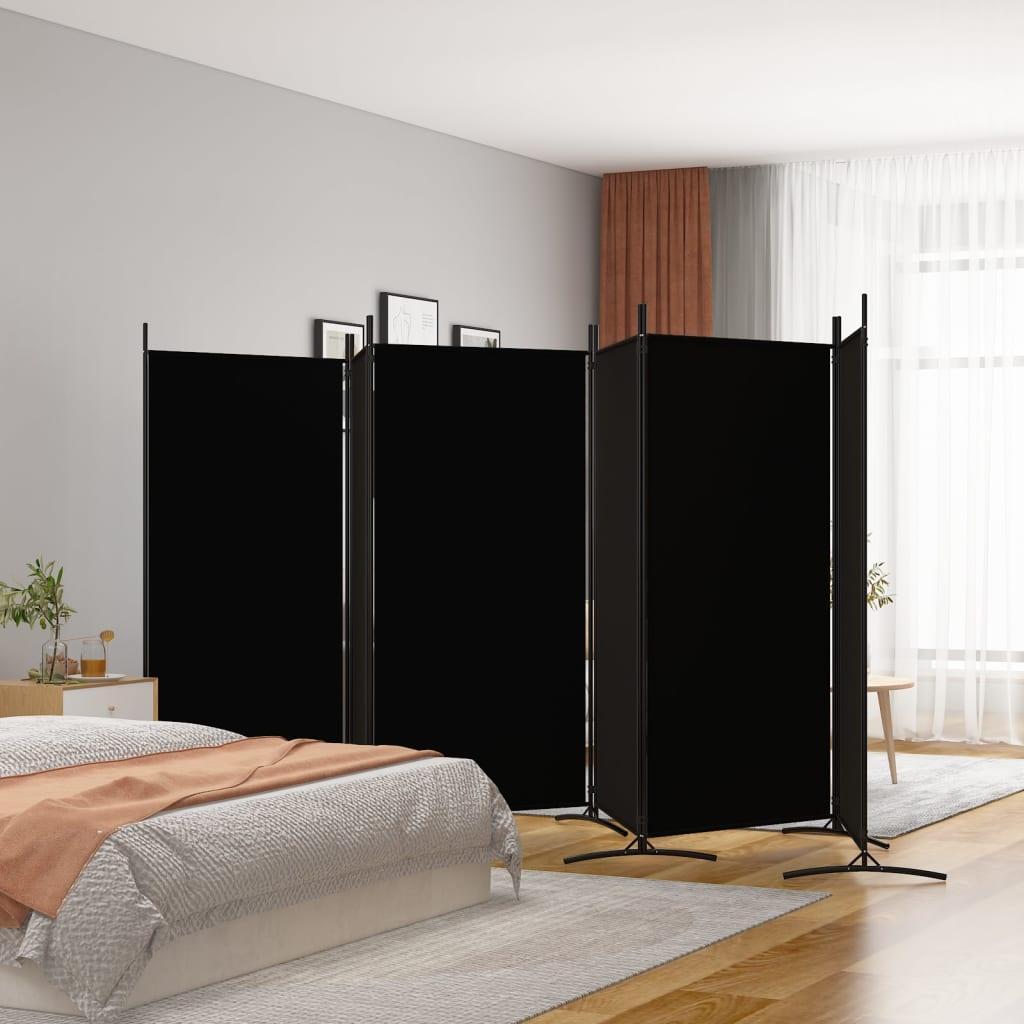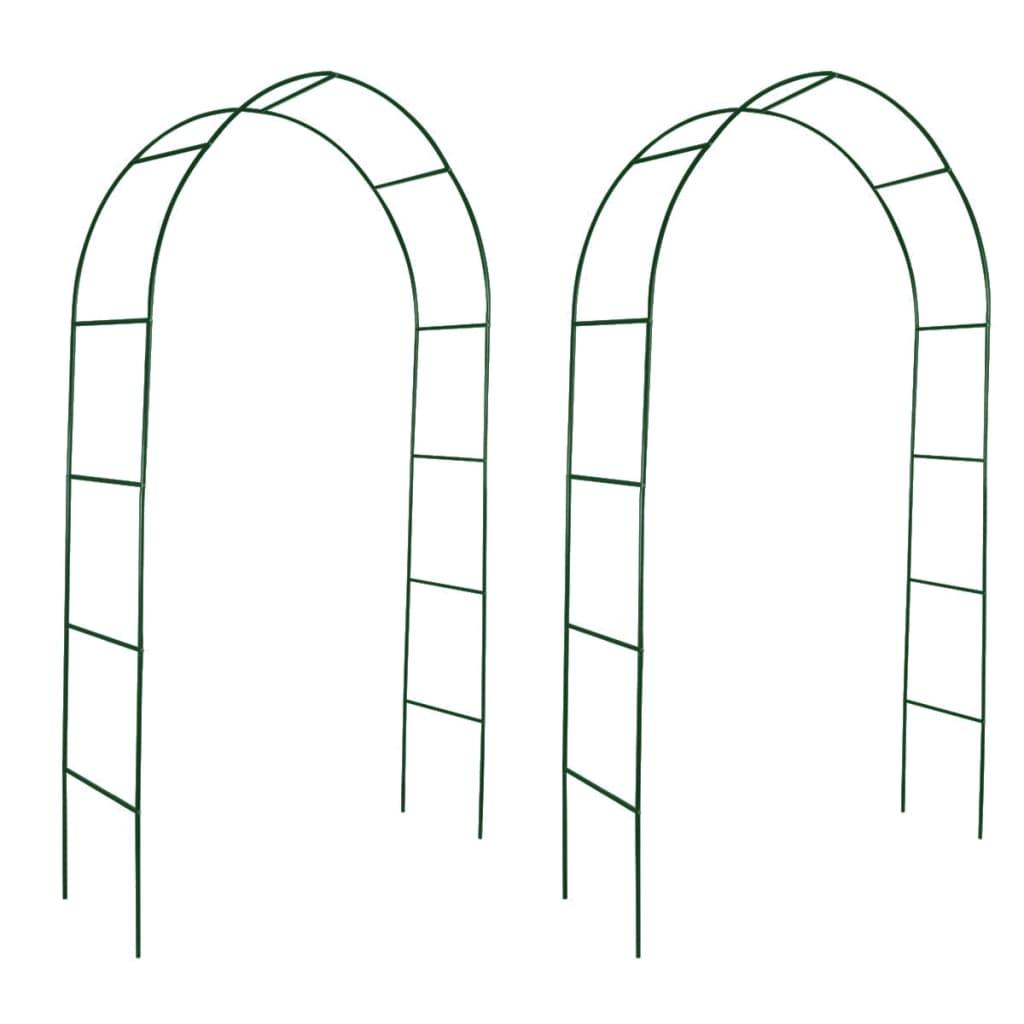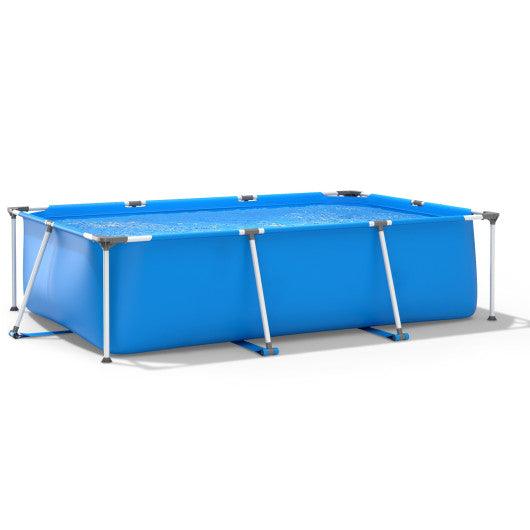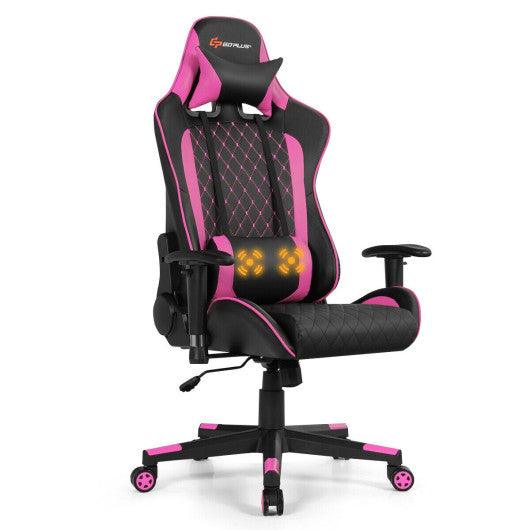
The Top Desk Guide for Workspace Optimization

A desk is an essential piece of furniture in any office or workspace. It is where you spend most of your day working and creating. Whether you work from home or in an office, choosing the right desk can make a difference.
What factors should you consider when choosing a desk?
When it comes to finding the perfect desk for your workspace, there are several important factors to consider. First and foremost, you need to think about the size of your workspace. Measure the available area and choose a desk that fits comfortably without overcrowding the room.
Next, consider the functionality of the desk. Do you need ample storage space for files and documents? Or do you prefer a minimalist design with a focus on simplicity and clean lines? Think about your specific needs and choose a desk that aligns with them.
What are the different types of desks available?
There are various types of desks available, each with its own unique features and benefits. Some popular options include:
- Traditional desks: These desks often feature a classic design with drawers and compartments for storage.
- Standing desks: Ideal for those who prefer to work while standing, these desks can be adjusted to different heights.
- Corner desks: Perfect for maximizing space, corner desks fit snugly into the corner of a room.
- Writing desks: These desks are typically smaller and simpler, ideal for those who primarily use a laptop or notebook.
What materials are commonly used for desks?
Desks can be made from a variety of materials, each with its own advantages and aesthetic appeal. Some common materials used for desks include:
- Wood: A classic choice, wooden desks offer durability and a timeless look.
- Glass: Glass desks can create a modern and sleek appearance, perfect for contemporary workspaces.
- Metal: Metal desks are known for their sturdiness and industrial aesthetic.
- Laminate: Laminate desks are budget-friendly and come in a wide range of styles and colors.
How can you create an ergonomic workspace?
Creating an ergonomic workspace is essential for maintaining good posture and reducing the risk of strain or injury. Here are some tips to help you set up an ergonomic workspace:
- Choose a desk with an adjustable height to ensure proper alignment with your chair.
- Invest in an ergonomic chair that provides adequate support for your back.
- Position your monitor at eye level to avoid straining your neck.
- Keep frequently used items within easy reach to minimize unnecessary stretching or reaching.
What are some additional features to consider?
Depending on your needs and preferences, there are several additional features you may want to consider when choosing a desk:
- Cable management: Look for desks with built-in cable management systems to keep your workspace neat and organized.
- Adjustable components: Some desks offer adjustable features such as tilting surfaces or keyboard trays for added comfort.
- Built-in power outlets: If you frequently use electronic devices, a desk with built-in power outlets can be a convenient option.
- Style and aesthetics: Consider the overall style and aesthetics of your workspace and choose a desk that complements the existing decor.
By considering these factors and features, you can find the perfect desk that not only meets your functional needs but also enhances the overall look and feel of your workspace.
ke all the difference in your productivity and comfort. With a variety of styles and designs available, finding the perfect desk can seem overwhelming. But don't worry, we've got you covered. In this ultimate guide, we'll guide you through the different types of desks, materials, and styles available to help you find the perfect desk for your workspace.Blog Body:
Types of Desks
Before you begin shopping for a desk, you need to understand the different types of desks available. The most common types of desks are computer desks, writing desks, standing desks, corner desks, and L-shaped desks. Computer desks are designed for computer use and have a dedicated space for your CPU and keyboard. Writing desks are simple in design and offer a flat surface for you to write or work on. Standing desks are becoming increasingly popular and are designed for those who want to stand while working. Corner desks allow you to maximize your workspace by fitting into a corner, while L-shaped desks provide ample space for multiple monitors or work items.
Materials
Desks can be made from a variety of materials, including wood, metal, glass, and plastic. Each material has its own advantages and disadvantages. Wood desks are sturdy and durable but require maintenance and can be prone to scratches and dents. Metal desks are very durable but can be heavy and difficult to move. Glass desks are sleek and modern but can be fragile and require frequent cleaning. Plastic desks are lightweight and easy to move but may not be as sturdy as other materials.
Styles
Desks come in a range of styles from traditional to modern. Traditional desks have a classic look and can feature intricate details such as carvings and moldings. Modern desks are sleek and minimalistic and are perfect for those who prefer a clean and simple workspace. Industrial desks have a unique look and feature materials such as metal and reclaimed wood. Rustic-style desks are made of wood and have a distressed finish that creates a warm and cozy atmosphere.
Size and Shape
When choosing a desk, it’s important to consider the size and shape of your workspace. A desk that’s too small will be cramped, while a desk that’s too large will take up unnecessary space. Consider any additional items you’ll need to accommodate on your desk, such as a printer or scanner. If you have a small space, look for a compact design or consider a wall-mounted desk. For larger spaces, consider a U-shaped desk to maximize workspace.
Ergonomics
Last but not least, when it comes to choosing a workspace, ergonomics should be a top priority. An ergonomic workspace promotes good posture and reduces the risk of injury. Make sure your desk is at the right height for your body and invest in an ergonomic chair that provides proper support for your back. If you opt for a standing desk, make sure it’s adjustable to accommodate different heights.
Conclusion:
Choosing the perfect desk for your workspace can seem overwhelming, but taking the time to consider your needs, workspace size, and materials can lead you to the perfect fit. With this ultimate guide, you’re now equipped with the knowledge to find the desk that will make your workspace productive and comfortable. Remember, a workspace that works for you is essential to your success!
















